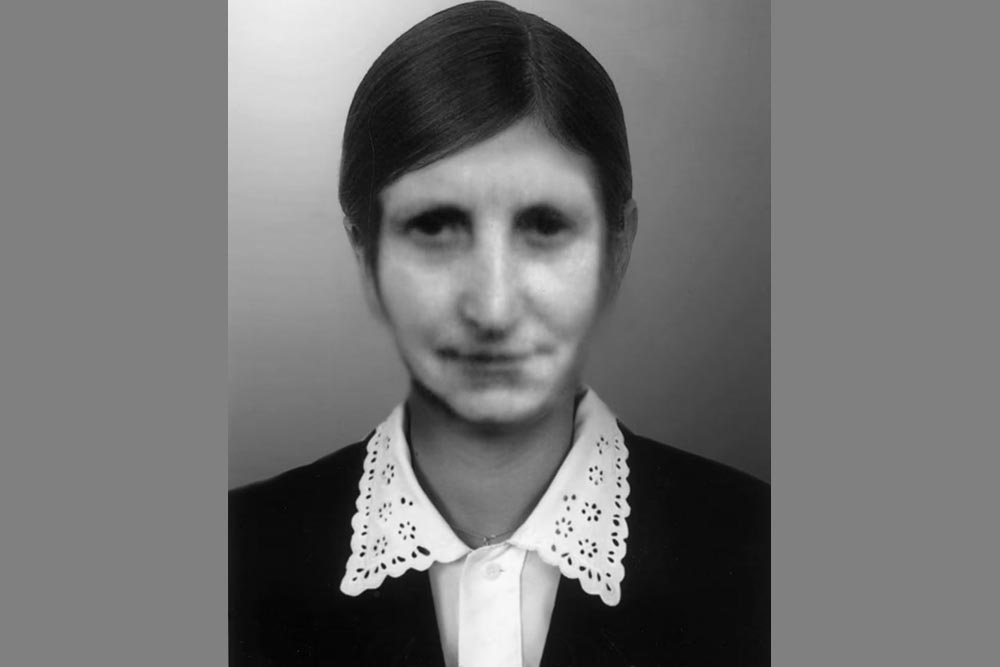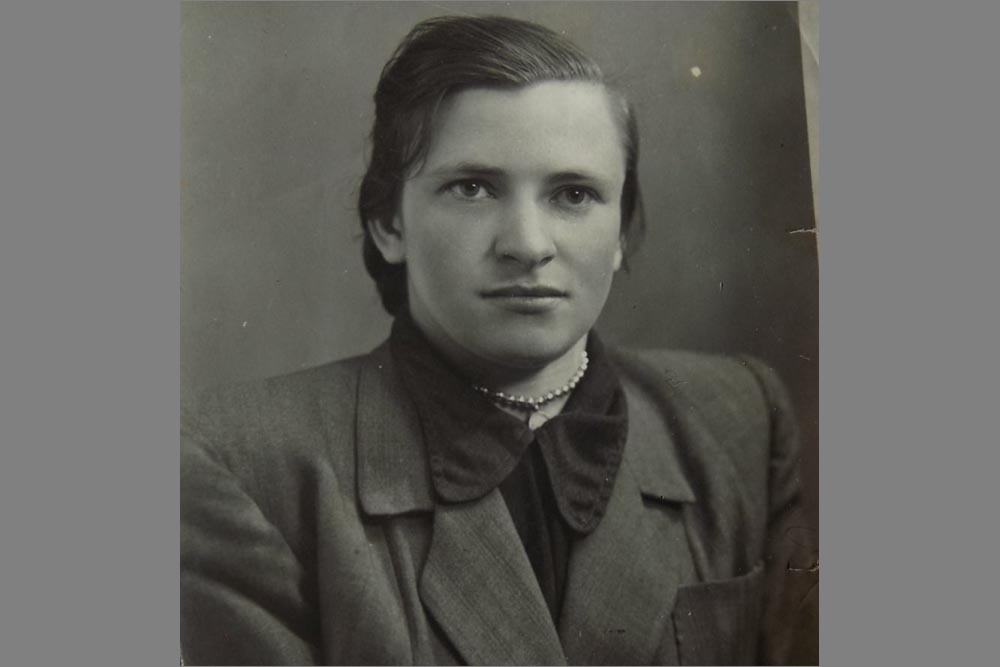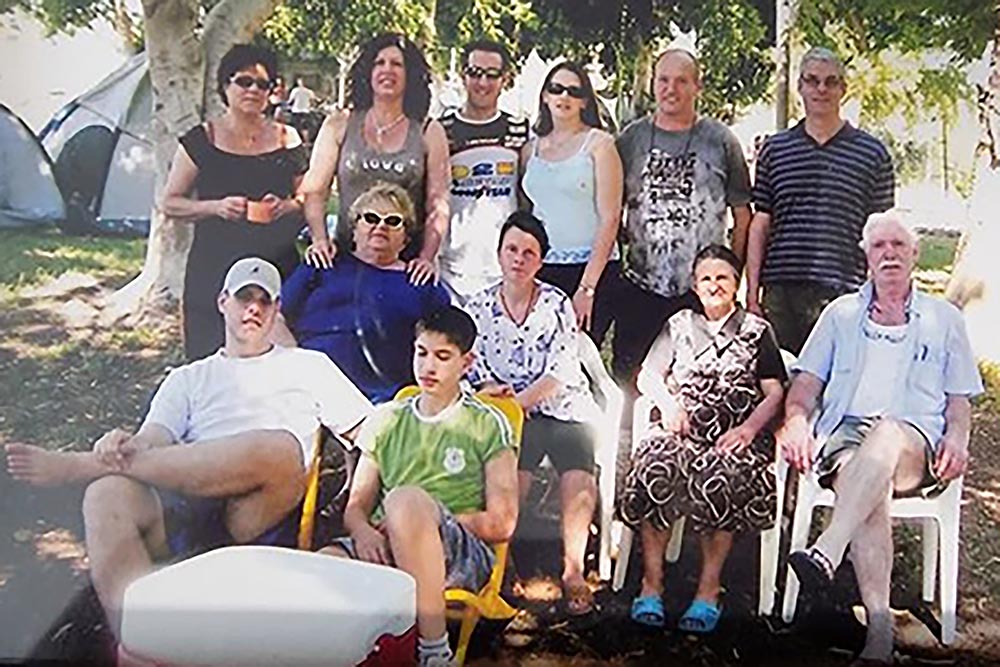Bank of Portraits / Kleban Kateryna, Hnidets (Kleban) Mariia

Kleban Kateryna, Hnidets (Kleban) Mariia
Kateryna Kleban and her daughter Mariia lived on a farm near the village of Potelych in the Lviv region. During the Holocaust, a woman hid a Jewish child in her home, the daughter of her acquaintances named Hraf from Rava-Ruska. Their family constantly bought products from Kateryna: milk, cheese, honey, etc. Pinkhas and Henia Hraf had two children – daughter Rosaliia, whom everyone called Ruzia, and son Zvyk. Sometimes Kateryna asked Pinkhas to help with the household. He always responded and repaired peasant equipment or took care of horses.
The relatively stable life of the inhabitants of the region was interrupted by the war. Already on June 27, 1941 a German patrol appeared in Rava-Ruska and the persecution of Jews began. In a few days, the Germans organized a Judenrat and a ghetto in the city. The family of the Hraf also ended up behind the barbed wire. Kateryna supported her friends as best she could, handing them water and some food. In March 1942, the deportation of Jews to the Belzec camp on the territory of Poland began. The doomed guessed their fate. Pinkhas Hraf began to ask Kateryna to save eight-year-old Ruzia. The woman, having agreed, offered to take four-year-old Zvyk as well, but Pinkhas refused, because the occupiers would kill the boy very quickly.
At night, Kateryna managed to transfer the girl home. No one knew the baby on the farm, so the woman registered her as a foundling orphan, whom she is forced to take care of. The mayor issued new documents to the child. Ruzia quickly adapted to the Ukrainian family, became friends with Kateryna's daughter Mariia. The girls went to the forest together to pick berries, worked on the farm. Mariia taught her friend the Christian prayer “Our Father”. Kateryna ordered Ruzia never to take off her headscarf on the street, because her black curly hair could cause suspicion among the neighbors. Local children sometimes teased the girl because she wears a scarf all the time in the summer, and someone did report the Kleban family. The Germans did not hesitate and took Kateryna with Ruzia for questioning. However, the little girl began to say “Our Father” so convincingly that the occupiers were surprised and believed that it was a Ukrainian girl in front of them.
In July 1944, Soviet troops returned to Rava-Ruska and its surroundings. Kateryna began to look for information about Ruzia's parents. Her suspicions were confirmed: Pinkhas, Henia and Zvyk Hraf died during the occupation. After the war, Ruzia got into a foster family, with whom she emigrated to Israel.
In the 1960s, Shoshanna Lapp (Ruzie Hraf) managed to find her saviors. After receiving a letter from her, Kateryna was afraid to answer, because her family was under special control of the Soviet authorities. A man, Yakov Kleban, who had returned from the front, was suspected of ties to the rebels and sent to Siberia. Only after the collapse of the Soviet Union, Mariia Hnidets (Kleban) resumed correspondence with Ruzia and visited Israel at her invitation.
In 1998, Yad Vashem recognized Kateryna Kleban as Righteous Among the Nations. Her daughter Mariia Hnidets is the Righteous of Ukraine.
Svitlana Demchenko
Kyiv
The National Museum of the History of Ukraine in the Second World War
-
fingerprintArtefacts
-
theatersVideo
-
subjectLibrary

